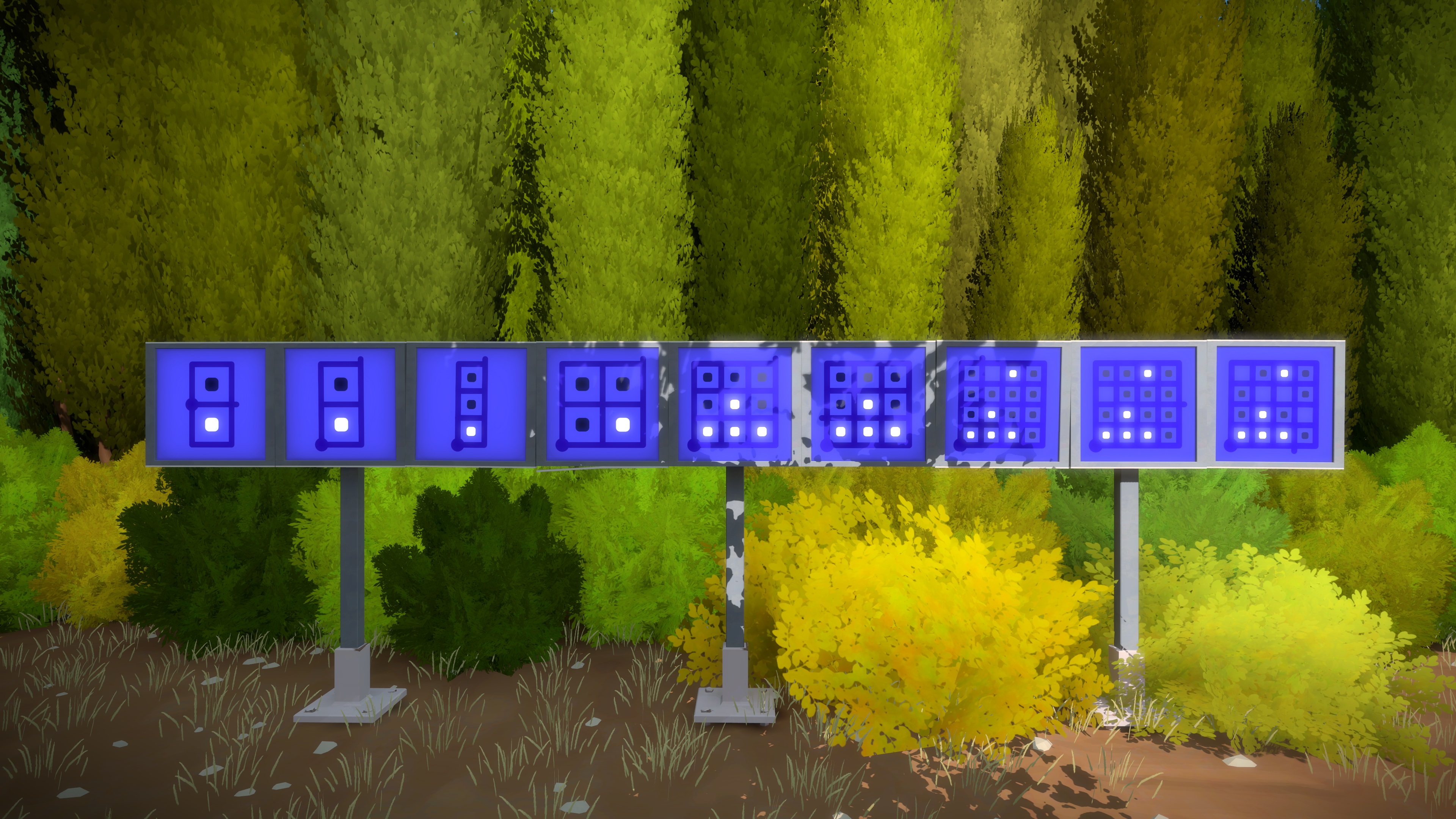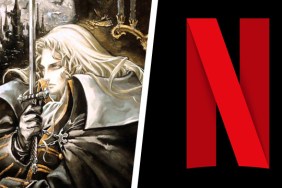Quiet your mind.
Just over seven years since Jonathan Blow released his critically acclaimed best-seller, Braid, we are once again treated to the fruits of his toil. The Witness is thankfully nothing like Braid save for the puzzles. Here, you are dropped on a Myst-erious island full of puzzles—an almost absurd amount—with no idea what your mission is other than to solve them. So begins an amazing but confusing journey.
Actually, to suggest that you are dropped on the island is misleading. Unlike playing the game's 22-year-old inspiration, you do not float down to the island as if by magic. The game simply begins in a dark space at the end of a lit tunnel. I hardly understood that the game began until a small animation telling me to push the L-stick forward appeared. On the other end is the first “puzzle.” I put this in quotes because the panel displays a single line with a circular starting node at one end and a rounded tip at the other.
Every other puzzle in this game is based off this idea: dragging a contiguous line from a node to an endpoint. Much of the time, the panels displaying these puzzles, which become maze-like after you leave the tunnel, are connected to wires and solving them powers something else. In the first area, they all remove metal tabs covering another panel which powers a forcefield locking you in. Thus, you learn another rule—that you can’t solve a puzzle you can’t fully see.
As you venture out of this tutorial hovel, the island becomes completely open to the player. Anything you see in the distance is already accessible, and you can run to it, but what you’re supposed to do remains unclear if you don’t at least try to stick to the drawn-out path leading you to more puzzles. As is common in almost all of the main areas of the game, you’ll find a series of five or six puzzles in a row which share a new rule, adding to the difficulty. These can be icons on the puzzles themselves or factors of their nearby environment. In this respect, the island is littered with tutorials. And the way these puzzles become increasingly complicated via a series of very simple indicators is truly remarkable.
You don’t get any sense of a goal until you complete a series of puzzles in a nearby area, thus activating a machine that indicates where you should be looking. I hesitate to reveal much more than that because there are layers of intrigue involved in finding out these things yourself. Yet it becomes clear very quickly that all you’re doing is solving puzzles, hundreds of them. Although some activate various devices or open doors, which make traversal easier, you’re just finding new ways of tracing a line from one point to another.
The tremendous beauty of the island in The Witness is interrupted and obfuscated by these puzzles and the wires that connect them. Contrary to games like Ether One or Riven, the puzzles are all peculiar, electric panels either jutting out of the ground on a post or screwed into a wall. In itself, it is puzzling to have this lush, gorgeous scenery juxtaposed to these inorganic panels scattered about. What is stranger still is that this quiet, lonely place is somewhat comforting. I wouldn’t have enjoyed this game if the puzzles were given to me in a series on mobile, nor would I if they were embedded into a science research facility a lá Portal. Hearing the wind blow, the water rush, or the leaves rustle while the sun flickers about makes doing this weird, unnatural task feel comforting.
In that, I hope the game won’t be too polarizing for players who are not inclined to like puzzle adventures. Though I generally hate the notion of “fans of this genre will like this too,” it’s the idea that the solving mechanic is laid so demonstrably bare that may make players ignore the lush pink leaves of the orchard, the curious deserted town, or the questionable culture that could’ve built the temple. Maybe it’ll feel like work. But I was thankful whenever I was stuck that I could just take a walk and discover the other curiosities or just take tons of screenshots.
Both casual and dutiful exploration are rewarded in unusual ways. All around the island and concentrated in a few areas are statues. It’s unclear even after having finished the game who they are, but they all interact with their environments, giving them purpose. There’s one of a man with his hands up in the air, whose cast shadow makes it look like he’s juggling some rocks on the ground. Another is of a security guard, complete with ear-piece, blocking a gate that won’t open unless you solve a nearby puzzle. They make this world feel lived-in even though it’s readily apparent that there is no way a civilization could’ve thrived here.
Compared to Myst island, which actually housed a family, the nature of the remnants of buildings and various other places of importance and resources you find don’t connote a sustainable living space for as many statues as are around. But someone carved them, and someone built these things. Then, to add to the puzzle of resolving how this island came to be, some observant browsing will reveal recordings of actors, such as Ashley Johnson and Phil Lamar, reading quotes from people who exist in this actual life, such as Albert Einstein. These quotes are musings on scientific observation, perspective, God, faith, wine, and various other subjects—all part of life, but their connection to this fictional realm is even more curious. And then there’s how your environment is actually related to the puzzles. I’ll give no more hints, but there’s even more to discover and ponder.
For how much of these observations sound like complaints, I am actually just more intrigued. In fact, I found myself obsessed with The Witness. For every new revelation about a solution or discovery of some out-of-place amusement, I was drawn deeper into figuring it all out. Indeed, there are some puzzles, which you can ostensibly solve just for the sake of doing so, but I would. Like a trigger, I’d just solve anything in front of me, not knowing what the game wants or even what I’m witnessing. The amount of hours I’ve poured into this game is nearly that of a long RPG. I’m actually still playing even after having witnessed the finale because my mind is still very much there. This is not a short experience, but save points after every puzzles, no matter how insignificant, mean you can stop at any time and play as casually as you like.
Thus, I highly recommend The Witness. Although I really liked Blow’s previous game, I just loved this. I became so absorbed in it, and its beauty complements the way it challenges my mind. I like how simply it begins and how complicated it is at the end but that there’s a logical line from those two points. There’s just a lot contained within, and I’m still finding more. I want that for others, too.
-
Stunning graphics
-
Progressively increased challenge and complexity
-
Endless solving of puzzles may ward off players
-
Puzzles are all inorganic, which is intriguing in and of itself
-
Many curiosities around the island
-
Obscure narrative
-
Deeply immersive experience
The Witness
-
The Witness #1
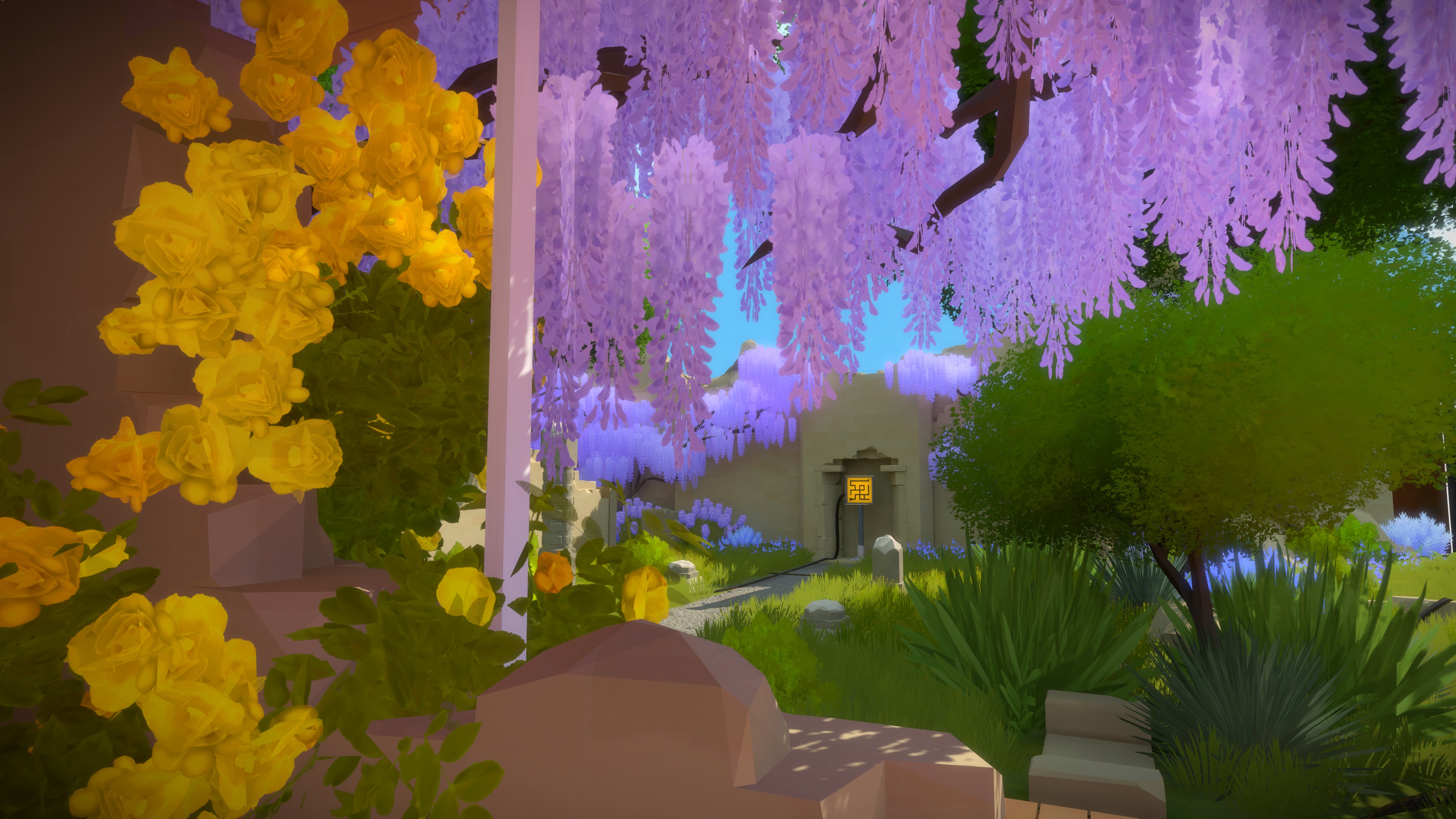
-
The Witness #2
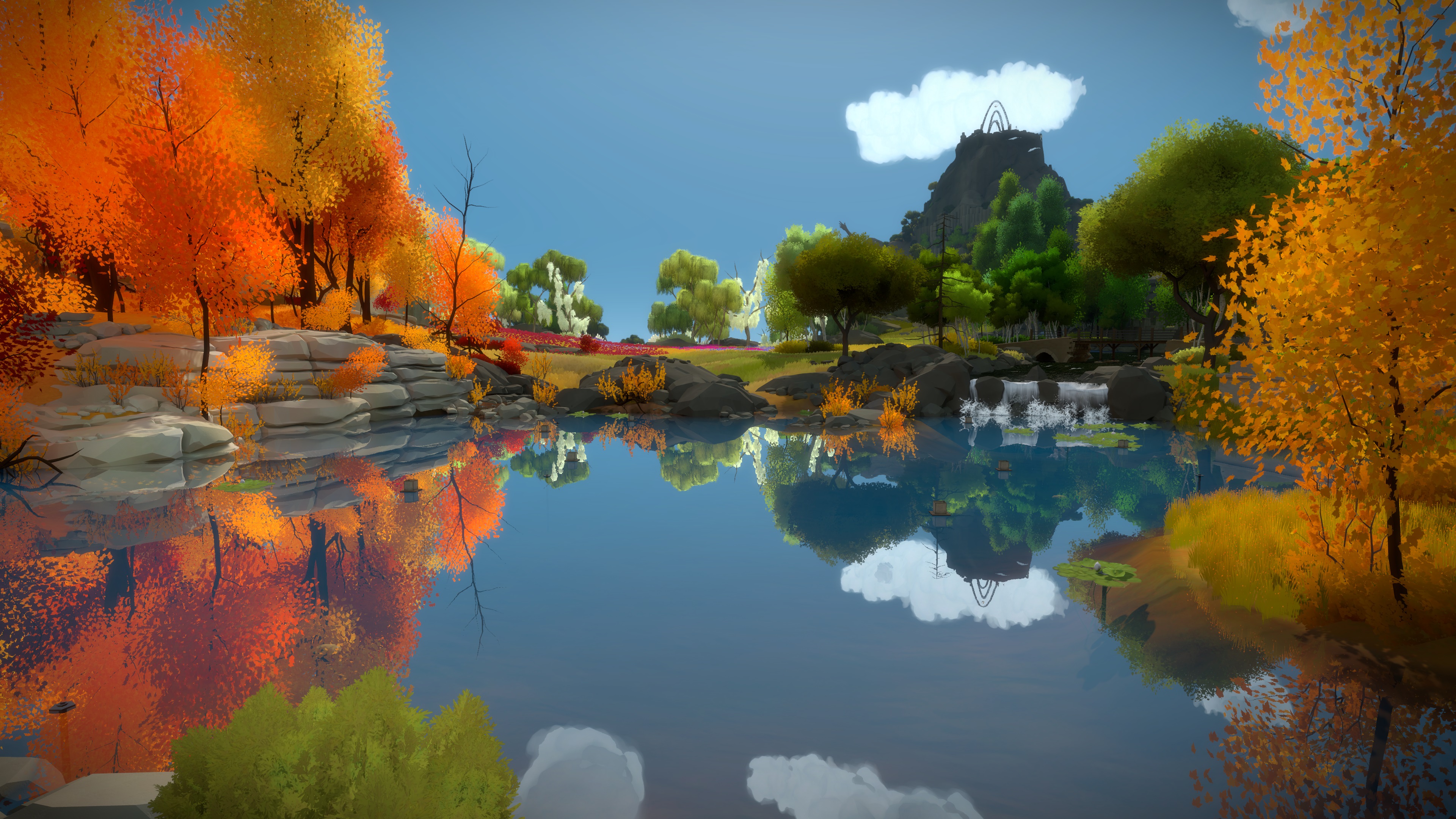
-
The Witness #3
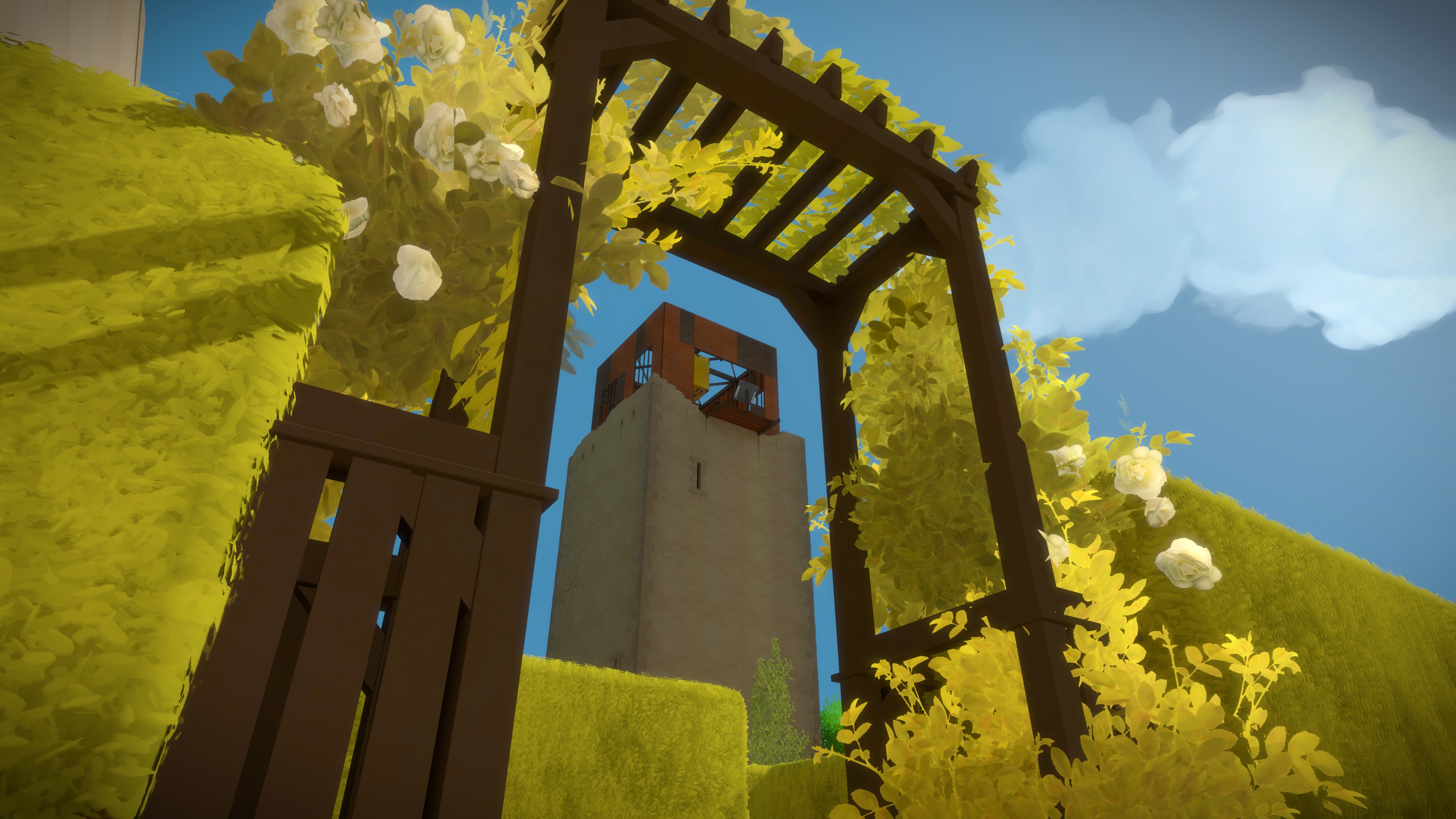
-
The Witness #4
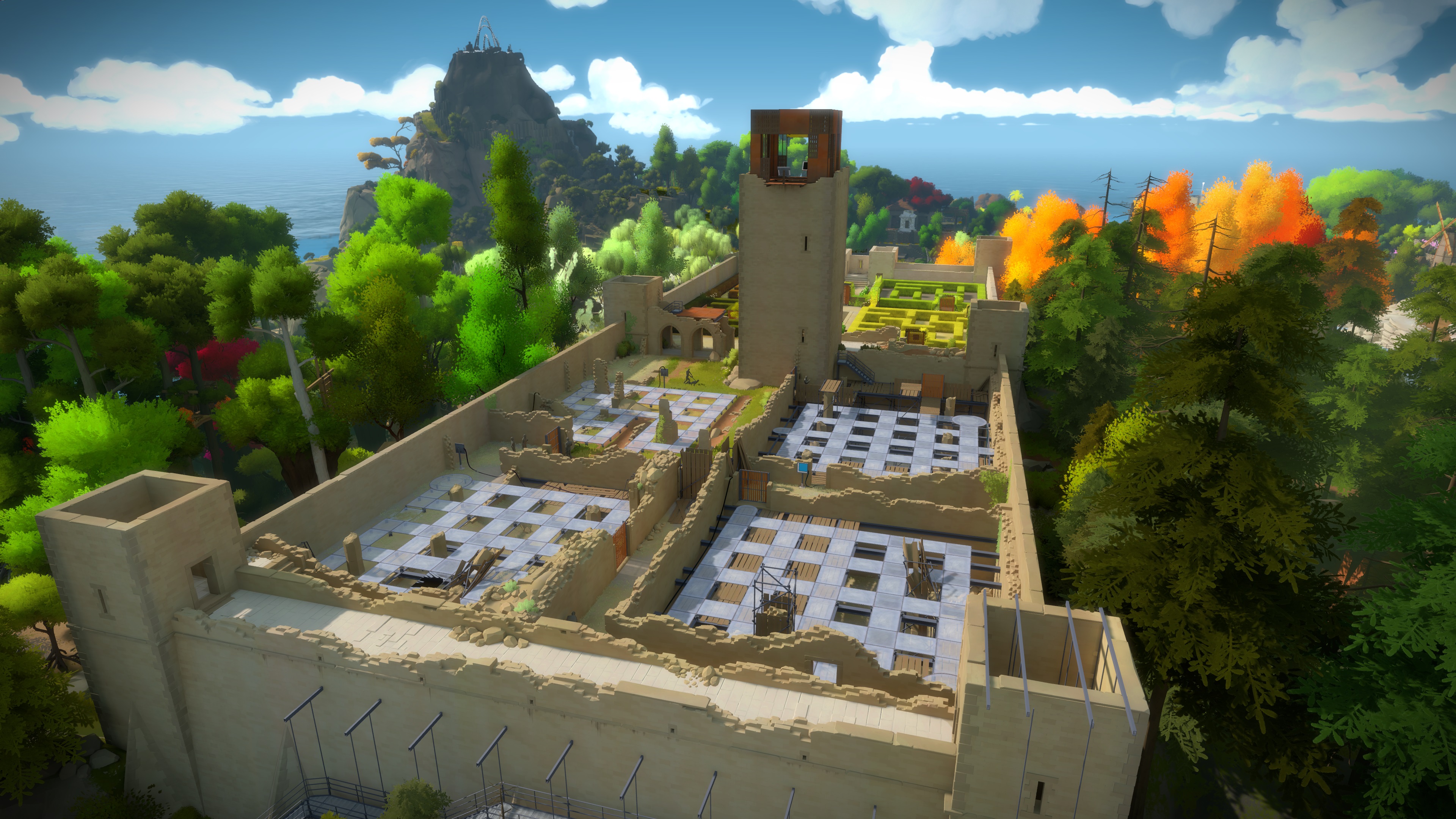
-
The Witness #5

-
The Witness #6
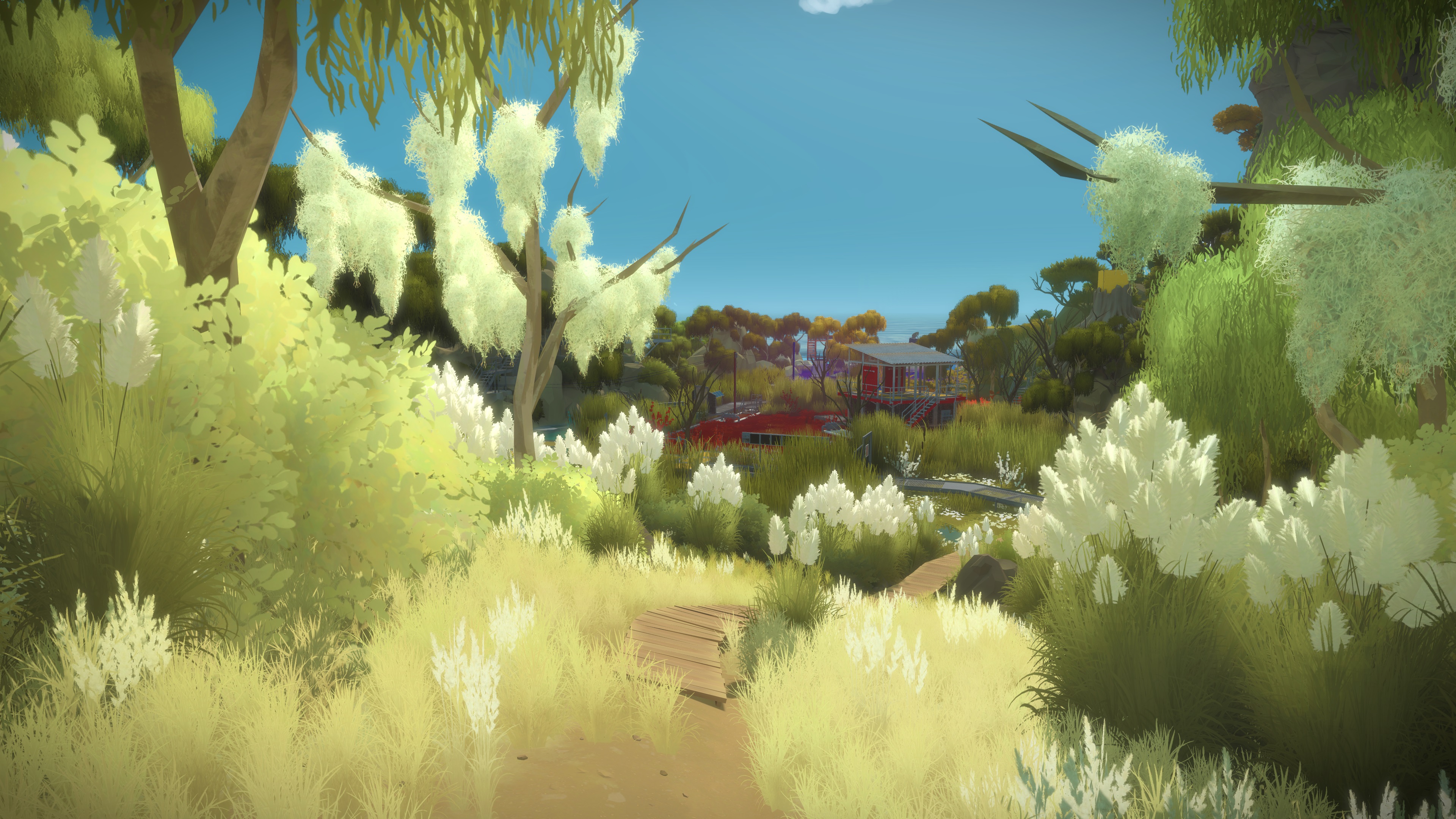
-
The Witness #7
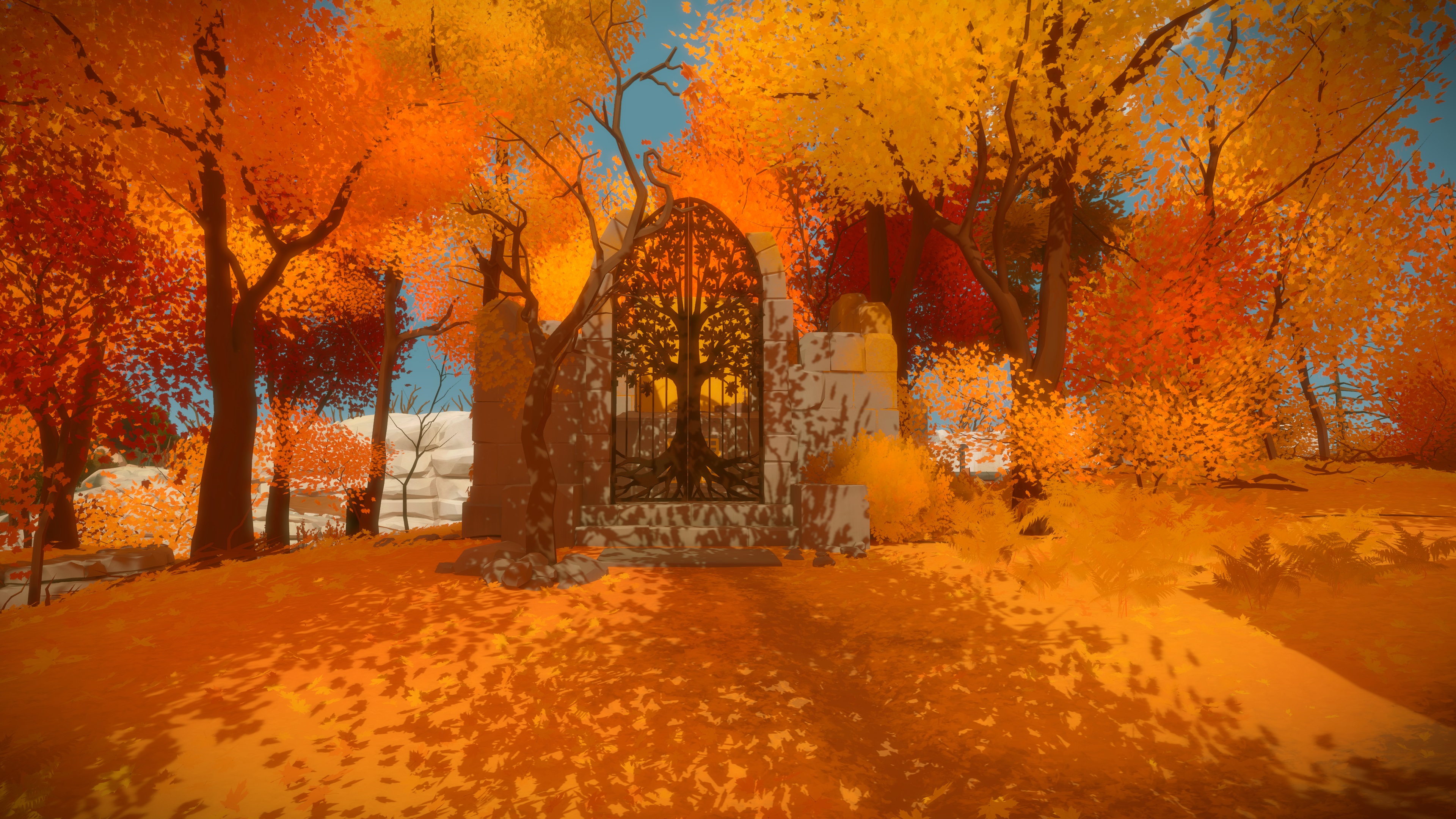
-
The Witness #8
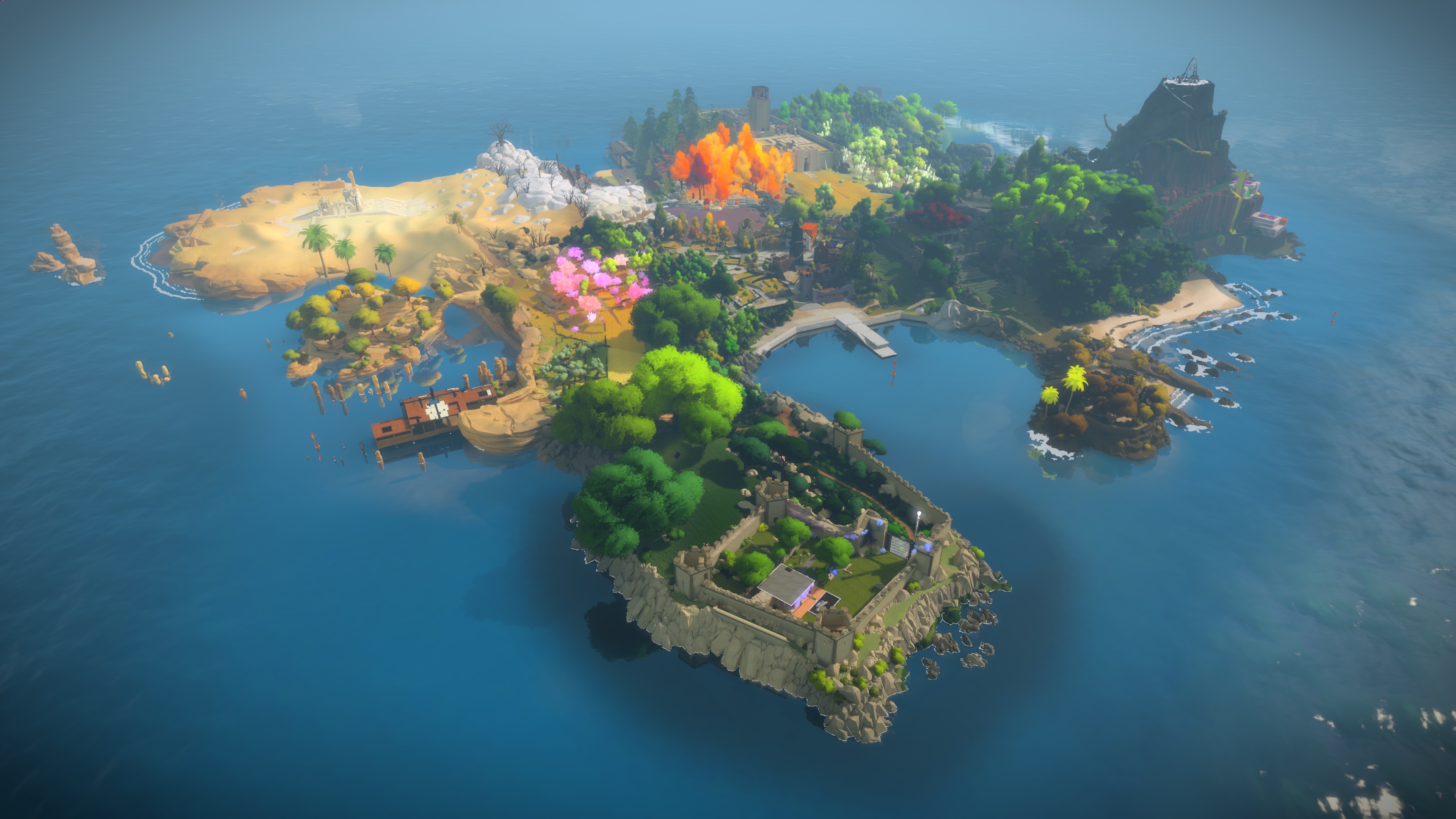
-
The Witness #9

-
The Witness #10
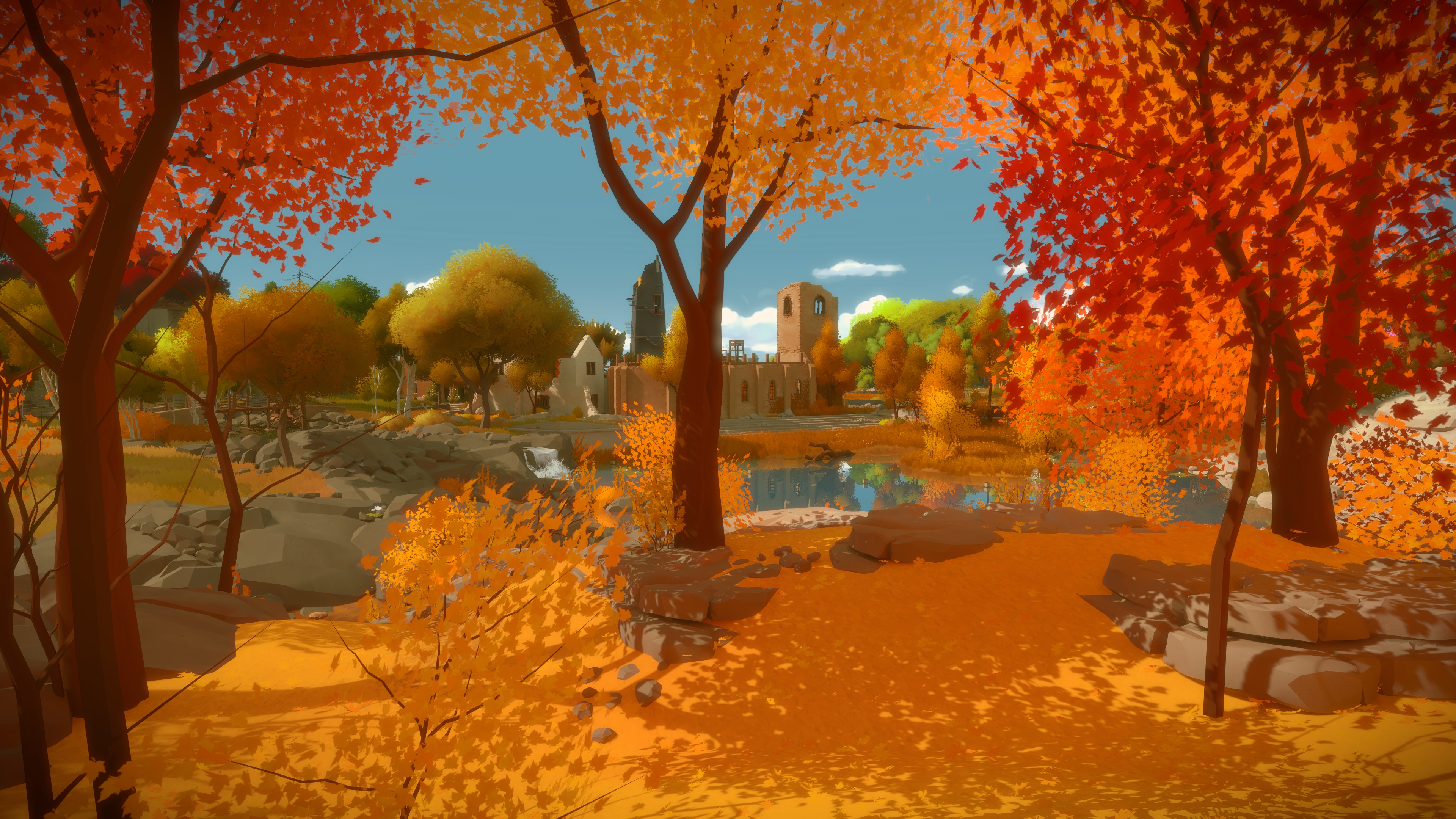
-
The Witness #11

-
The Witness #12
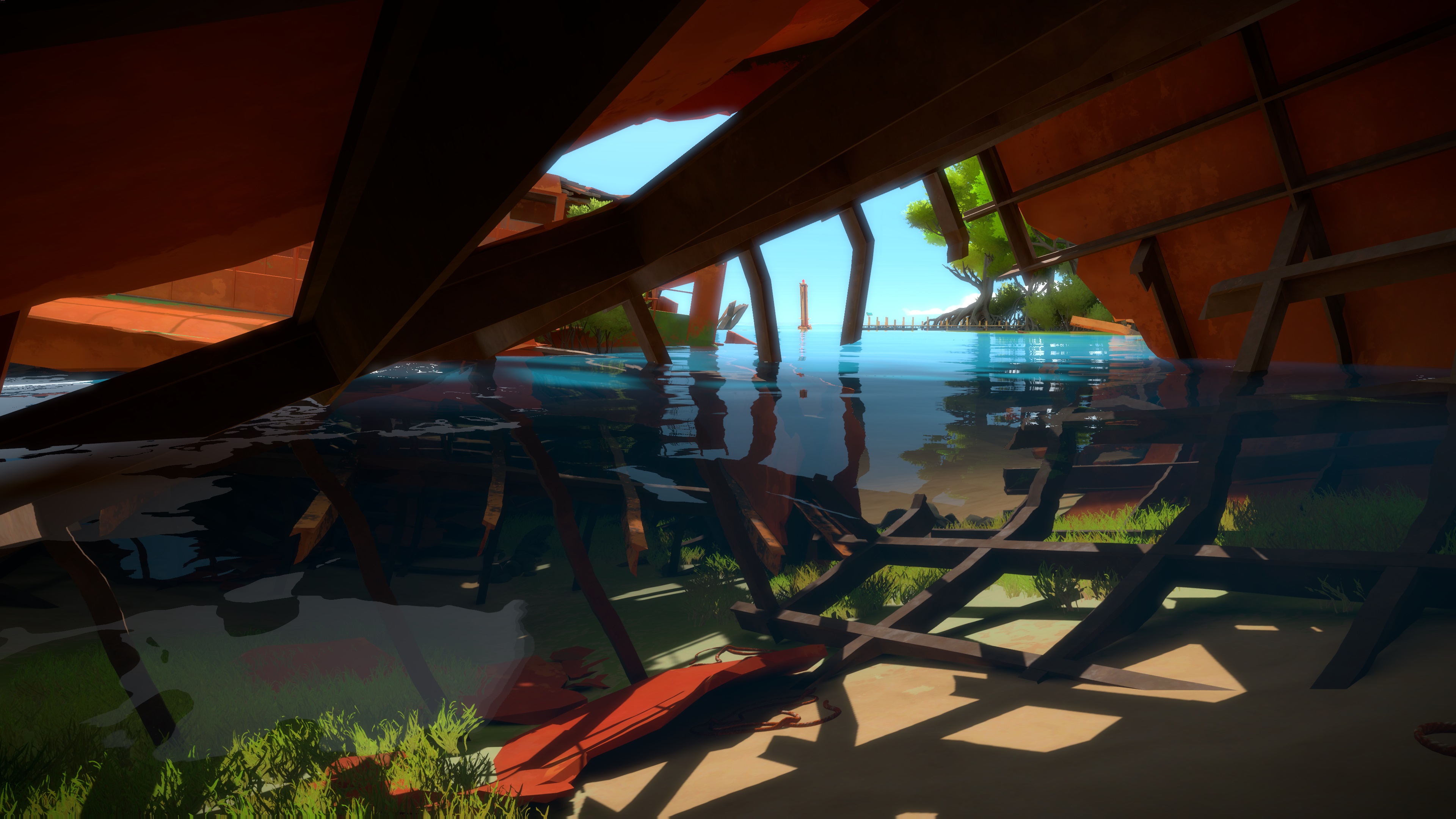
-
The Witness #13
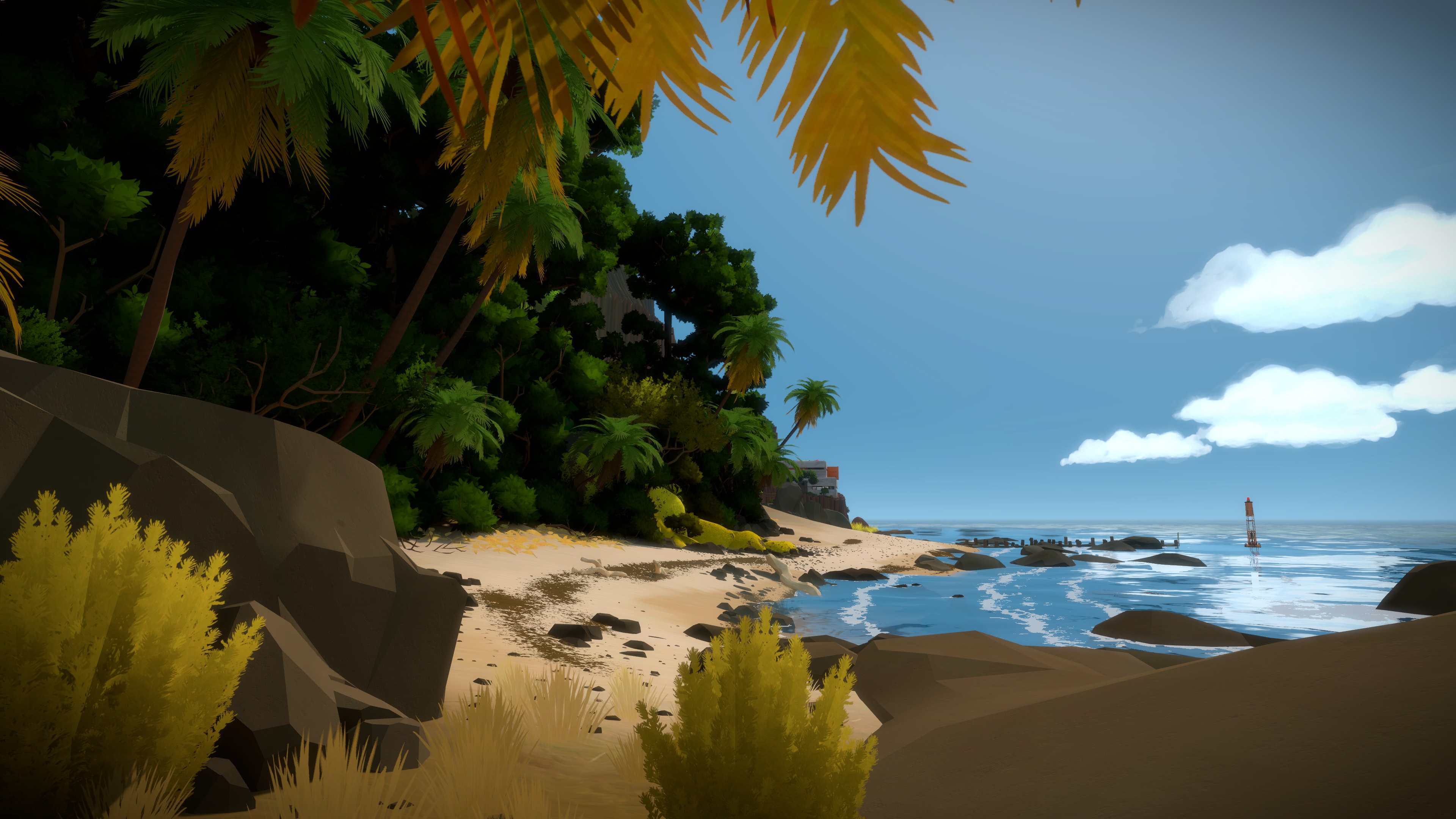
-
The Witness #14
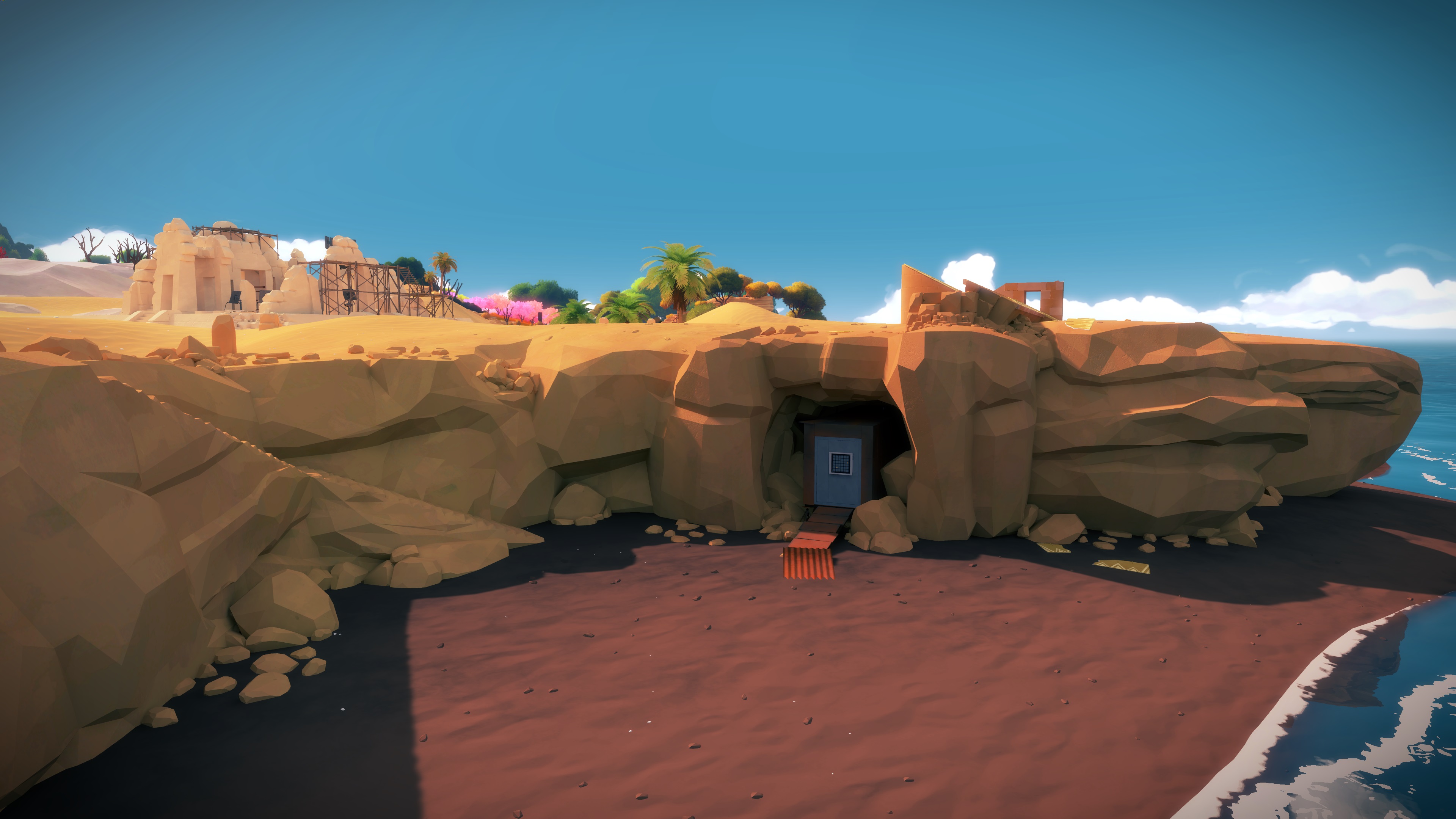
-
The Witness #15
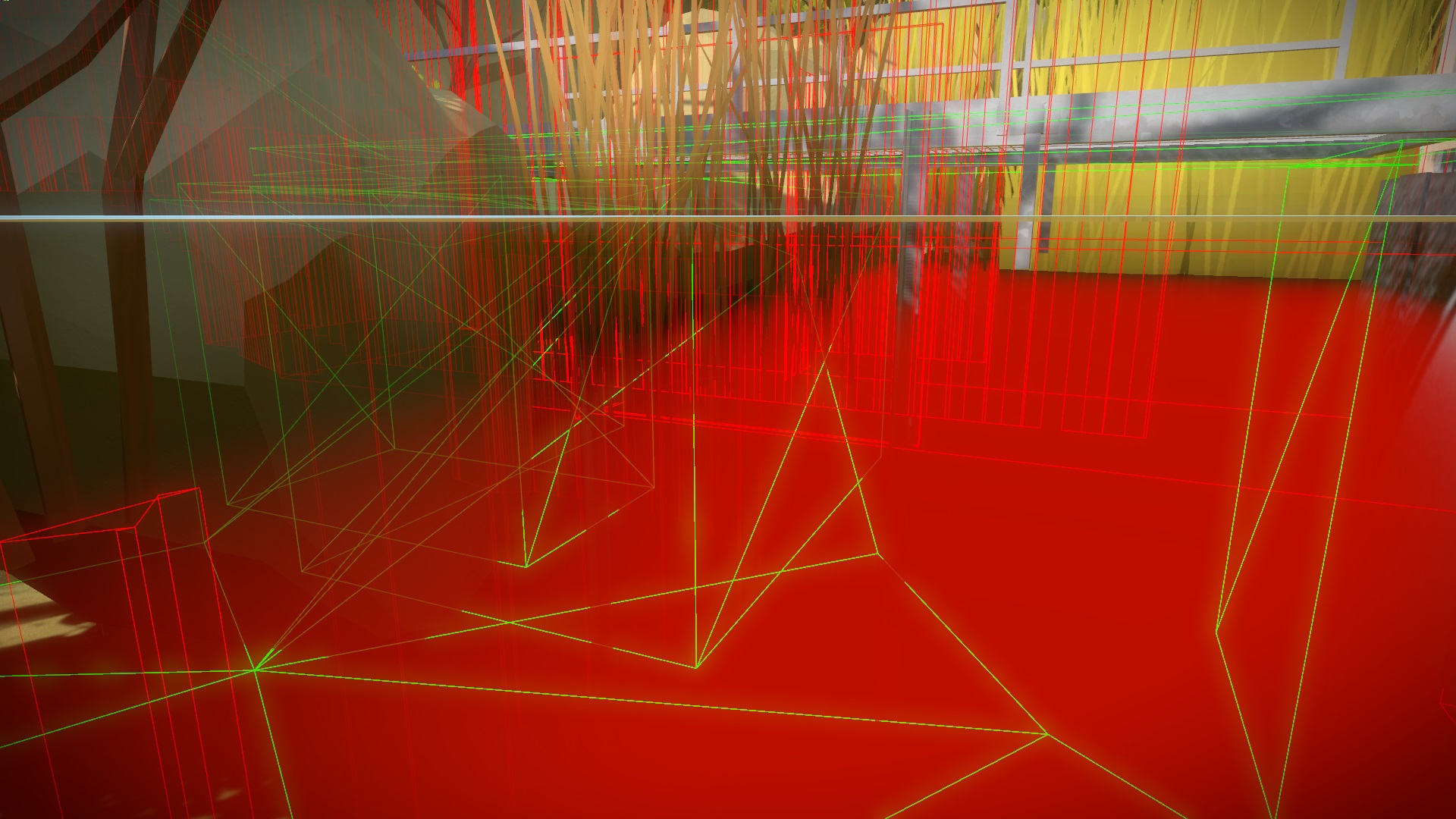
-
The Witness #16
